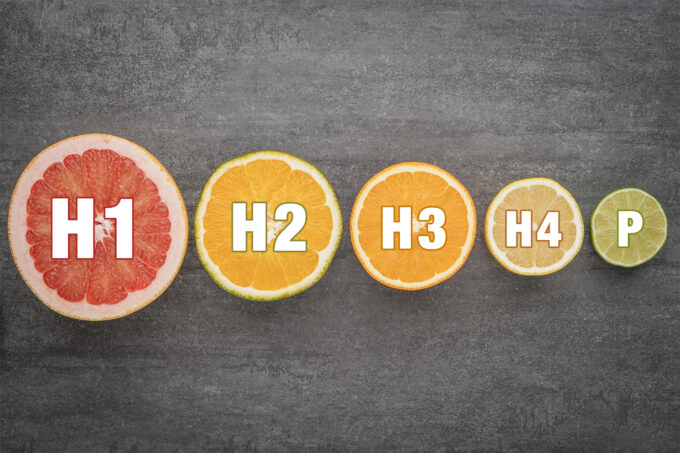Let’s begin with a fun fact
The style of the text is called “typeface” while the size is referred to as a “font”. However, the poorly designed versions of Microsoft Word in early days have set the word “font” next to the dropdown of typeface selector and so it engrained into our minds as “the font”.
Now, back to our topic of typography on the web
When it comes to web design, typography plays a crucial role in creating an appealing and user-friendly experience. In addition to aesthetics, typography also influences the hierarchy of content on a webpage. This article will explore the significance of typography and hierarchy in web design, focusing on the impact they have on good design, search engine optimization (SEO), and overall user engagement.
Good Design Starts with Correctly Set Type
Typography is more than just choosing a “font”; it’s about creating harmony and legibility in the text. Well-crafted typography enhances the overall visual appeal of a website and sets the tone for the content. By selecting appropriate fonts, font sizes, and line spacing, designers can create a cohesive and professional look. Thoughtful typography helps to establish credibility and encourages users to engage with the content, making it a vital aspect of good design. After all, you’ve made it to the end of a 3rd paragraph by now…
SEO and the Power of Hierarchy

Search engines like Google prioritize websites that follow specific rules for organizing content. One such rule is hierarchy. SEO guidelines recommend using a single H1 (heading 1) tag per page, followed by H2 tags and avoiding the use of H3 tags before H2. This hierarchical structure helps search engines understand the importance and organization of content on the page, improving the website’s visibility and ranking. Employing proper hierarchy not only benefits SEO but also assists users in navigating the website and finding relevant information more easily.
The Impact of Content Size
In addition to typography and hierarchy, the size of the content itself is also crucial for effective web design. Search engines value substantial and informative content, with a general guideline of at least 300 words per page. By providing well-written, relevant, and comprehensive content, websites can increase their chances of ranking higher in search engine results. Moreover, longer content allows for a more in-depth exploration of topics, which can enhance user engagement, encourage longer visit durations, and establish the website as a credible source of information.
Let’s keep this concise and wrap up
In conclusion, typography and hierarchy are fundamental elements of web design that significantly impact both aesthetics and functionality. Correctly set typography enhances the visual appeal and readability of a website, while hierarchy improves SEO and assists users in navigating through the content. Additionally, substantial and well-crafted content plays a vital role in boosting SEO rankings and engaging users effectively. By understanding and implementing these principles, website designers can create compelling and user-friendly online experiences.



